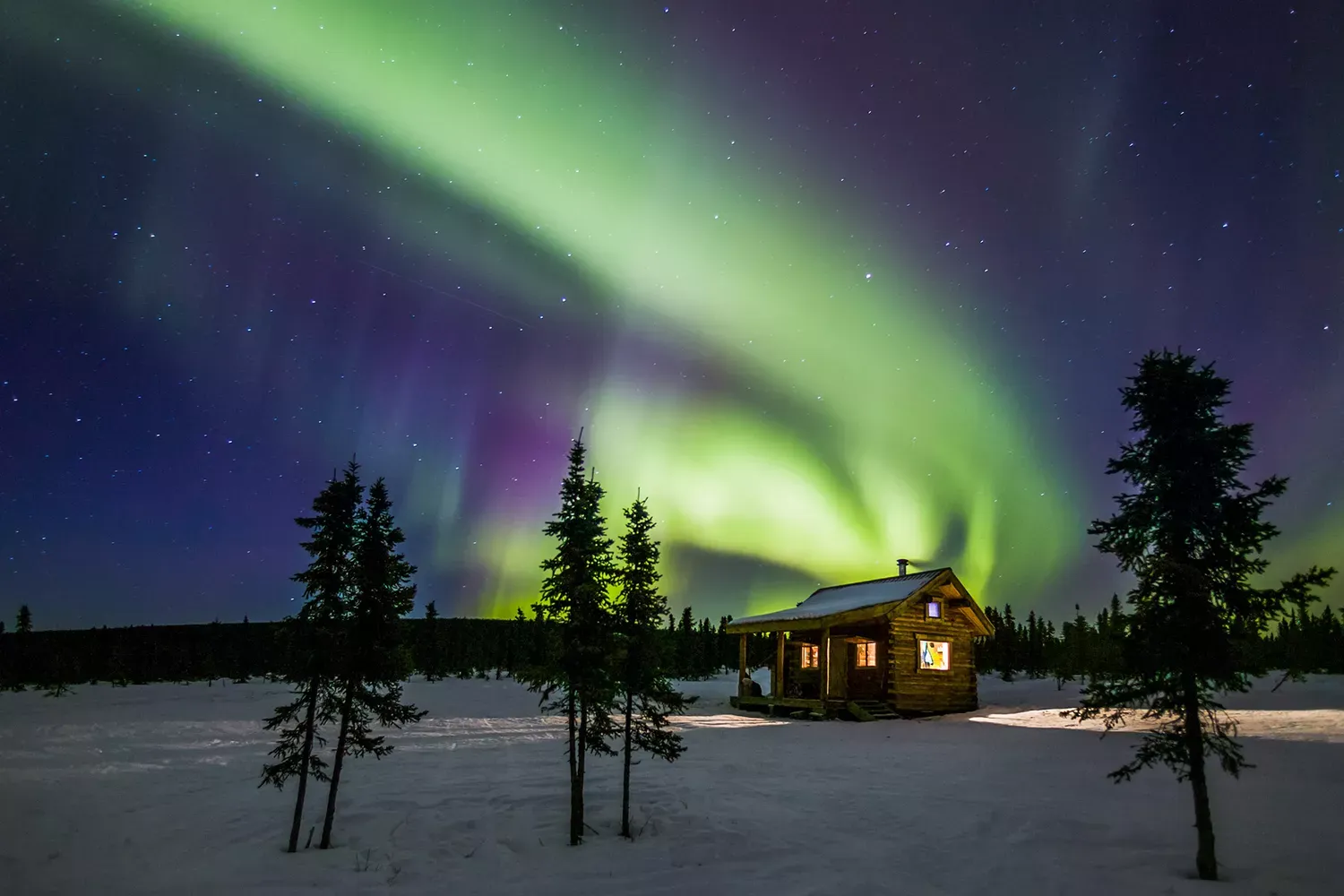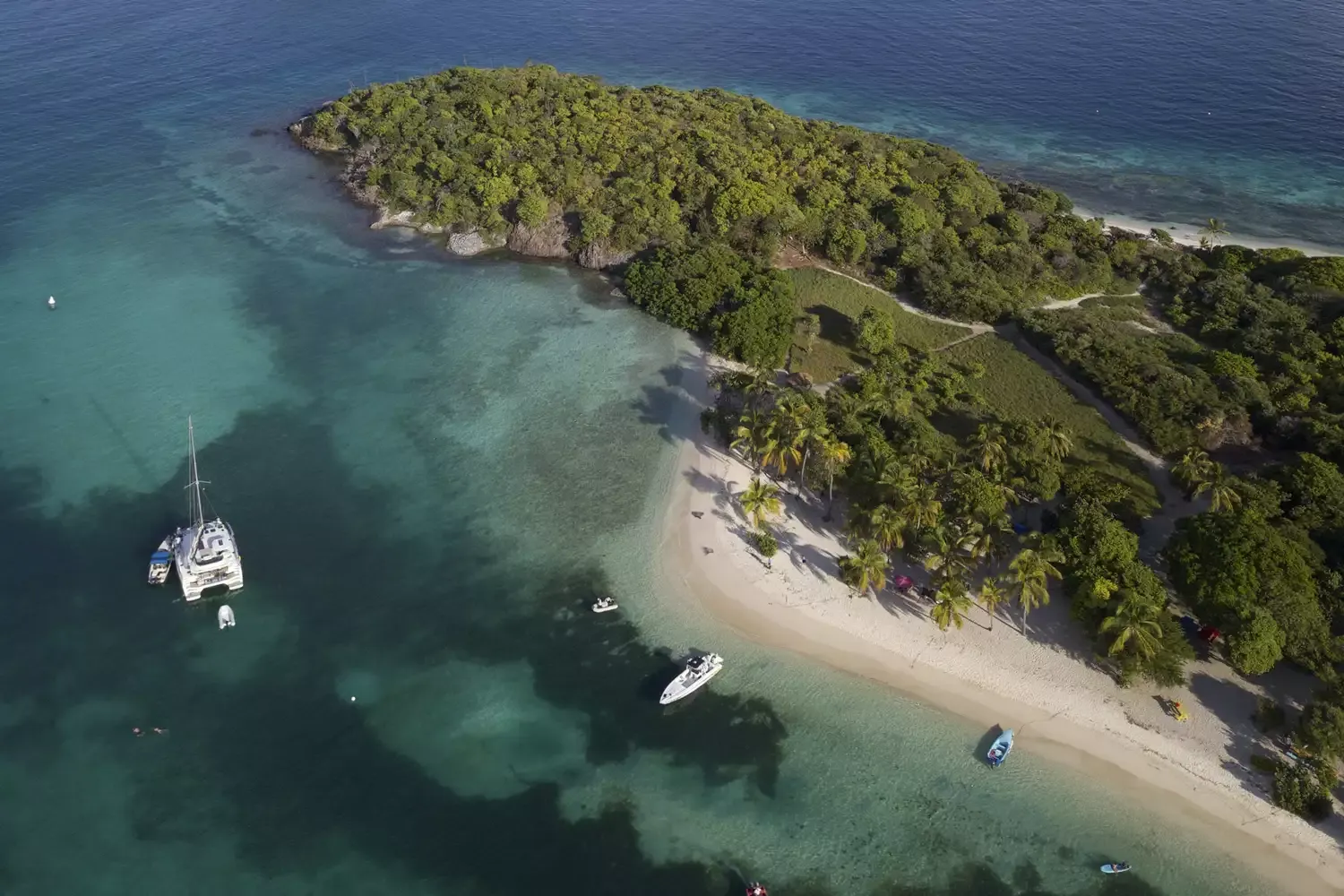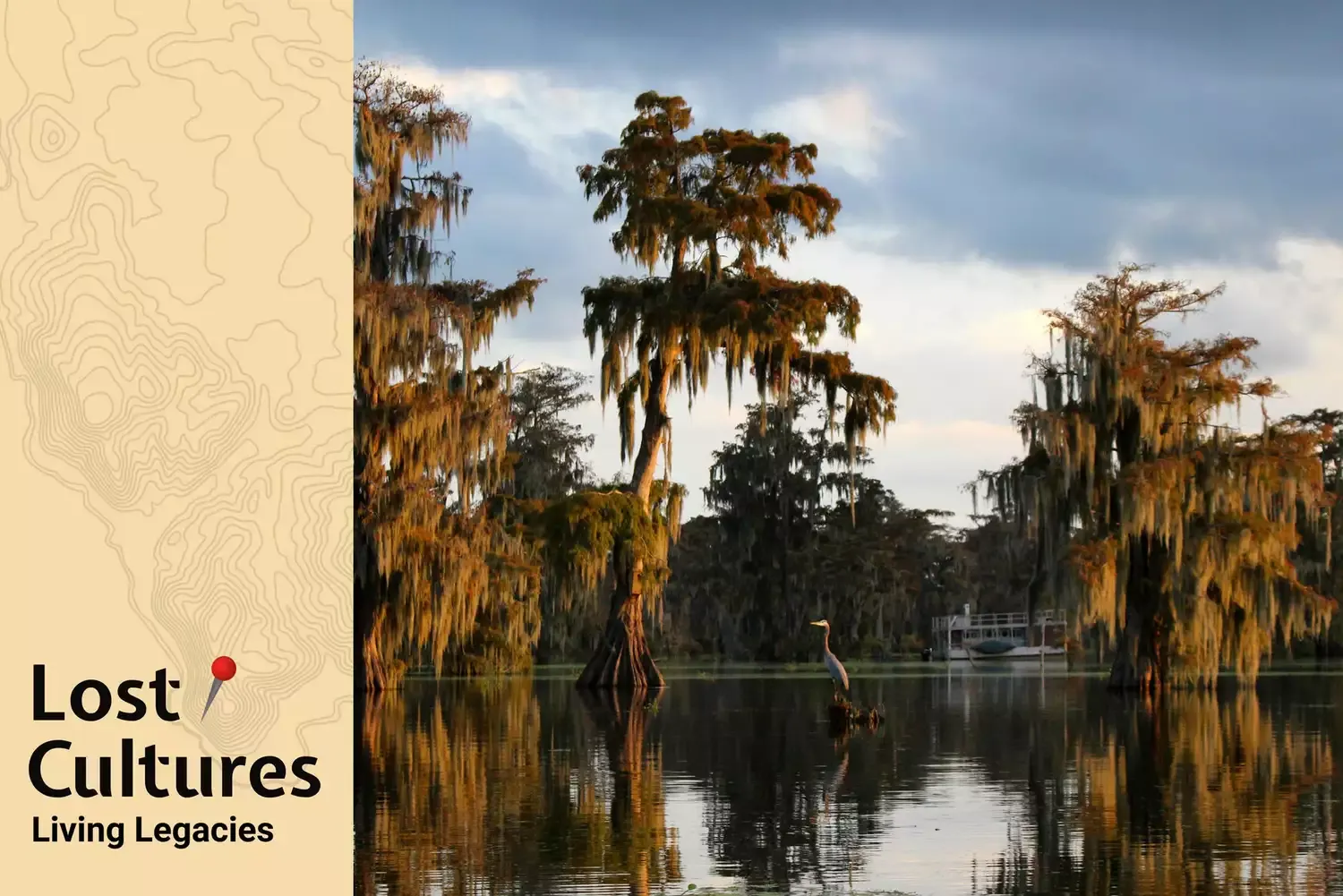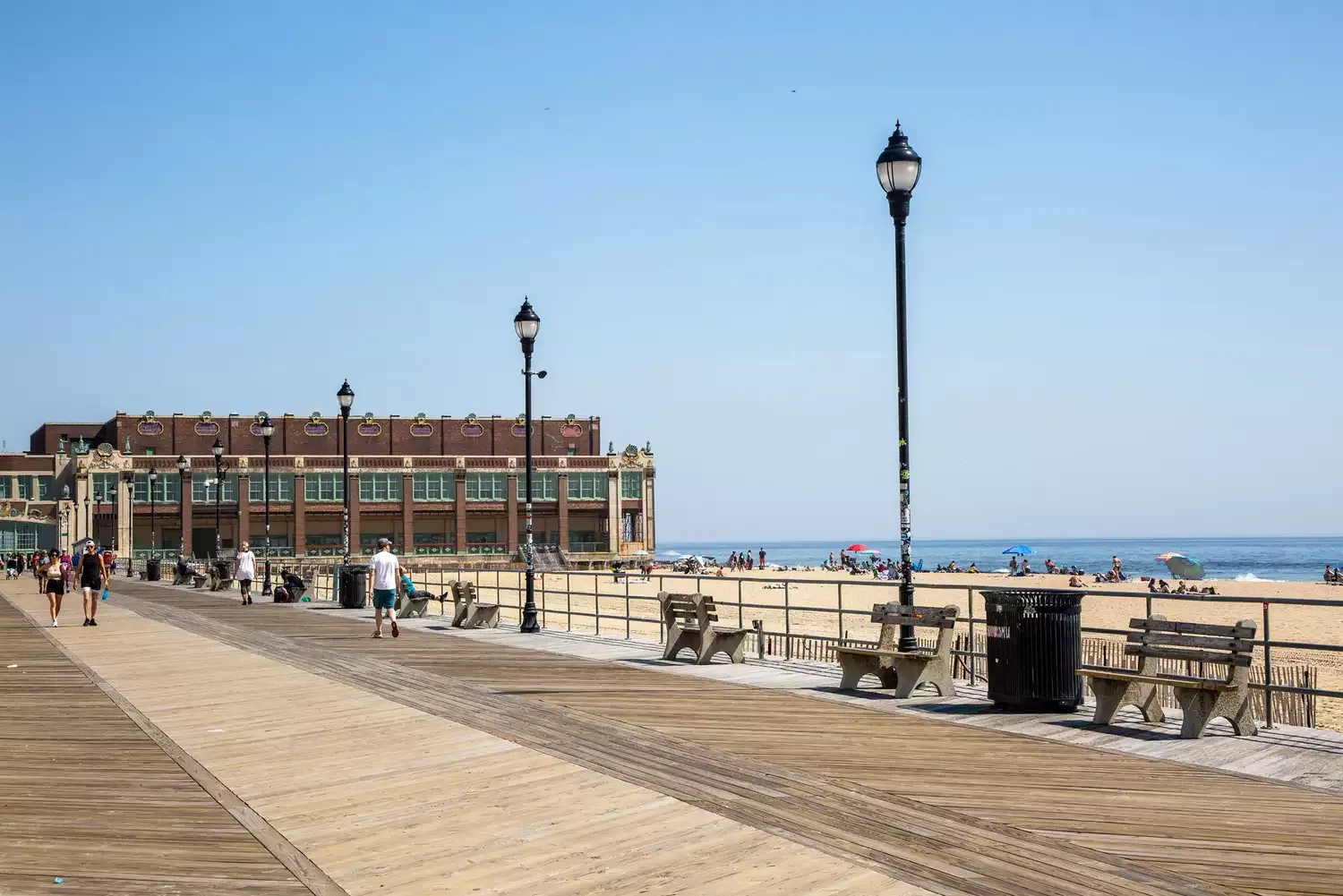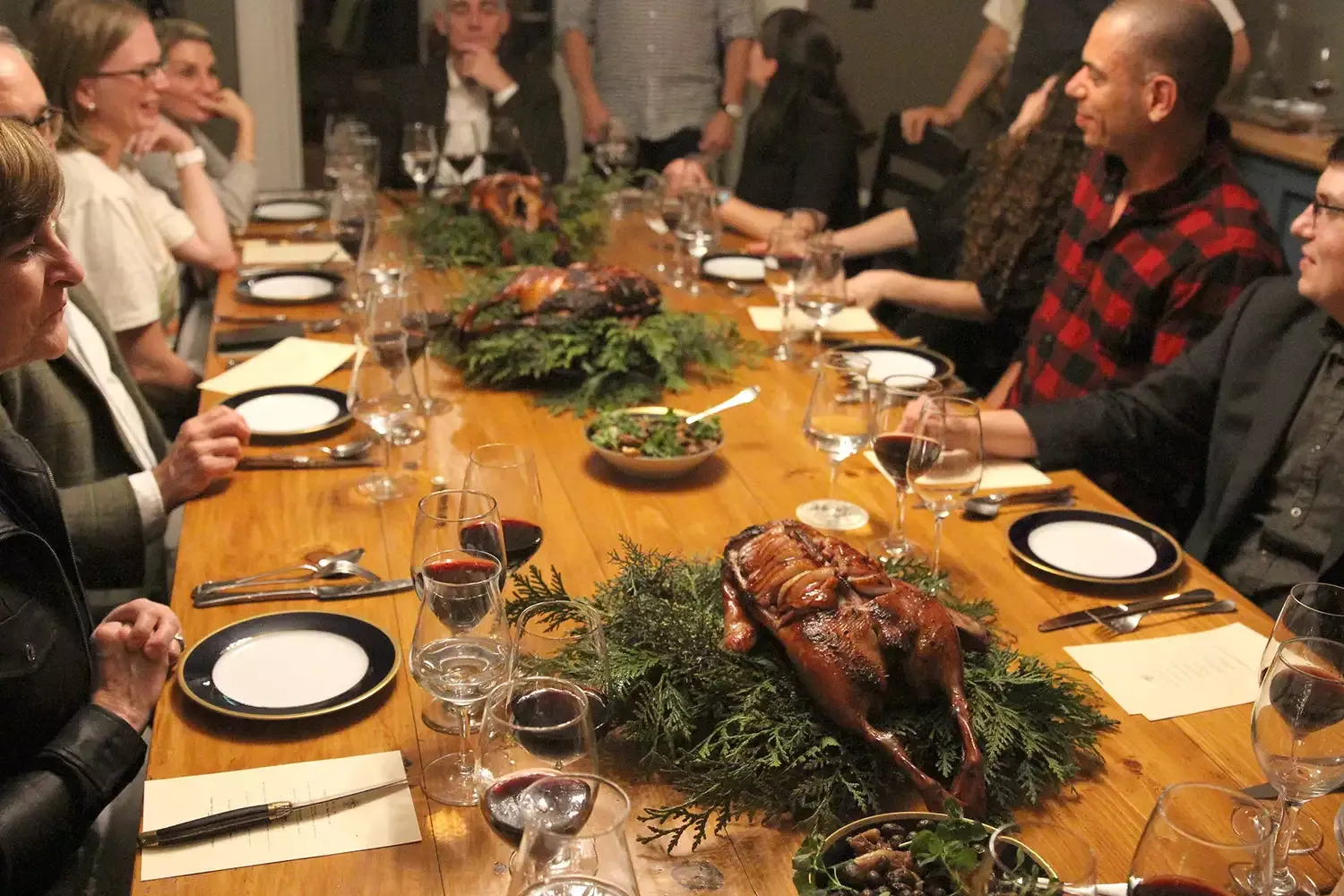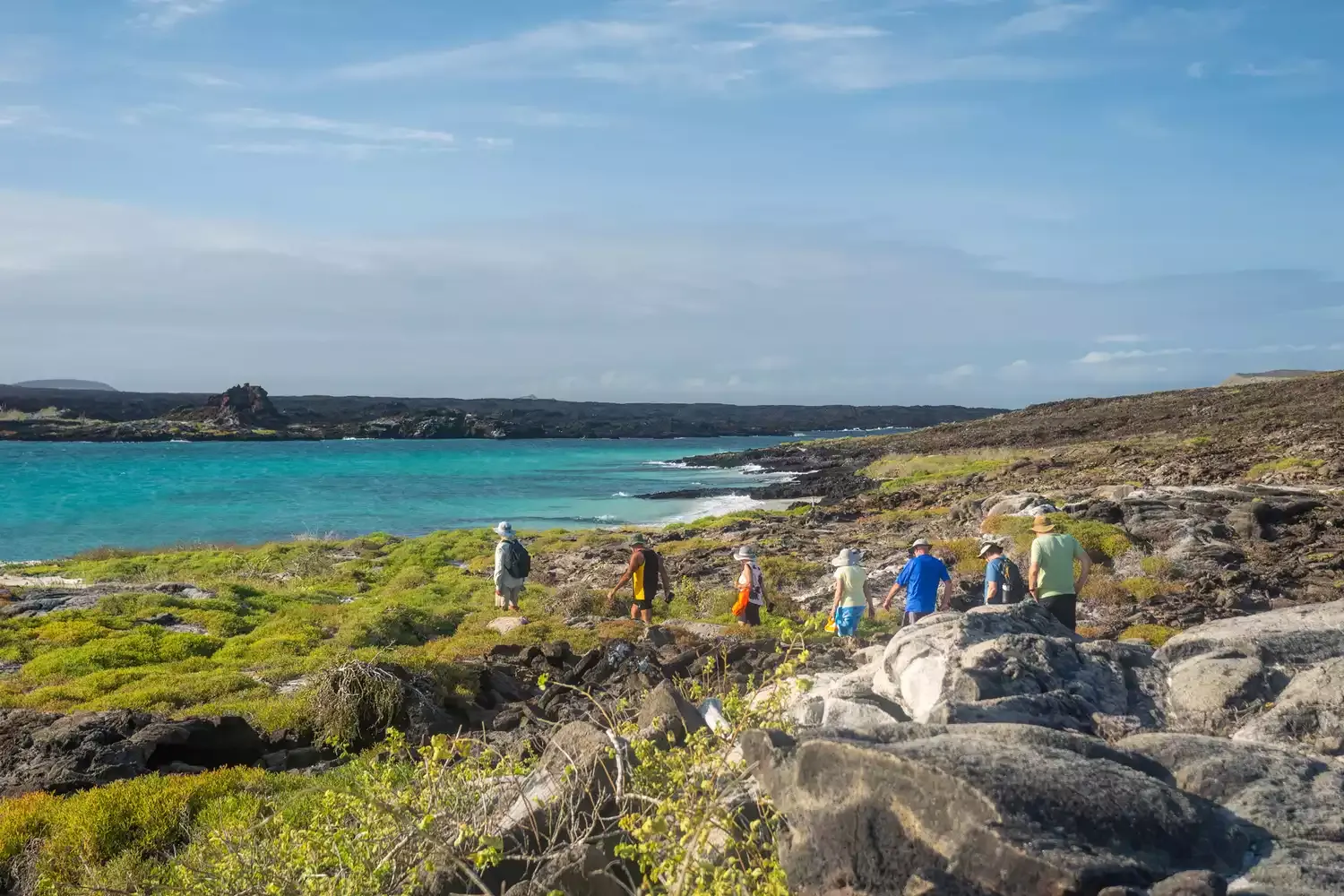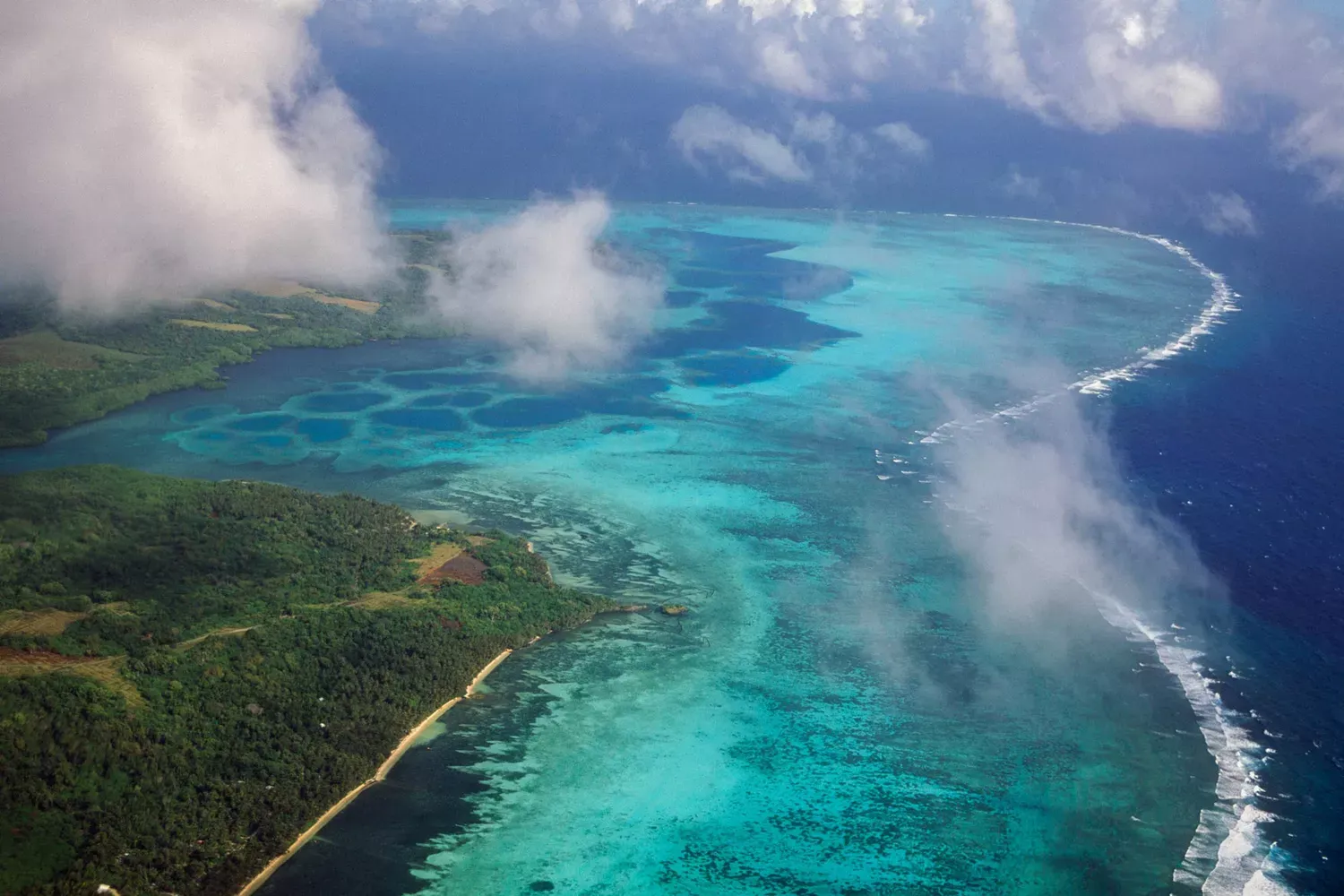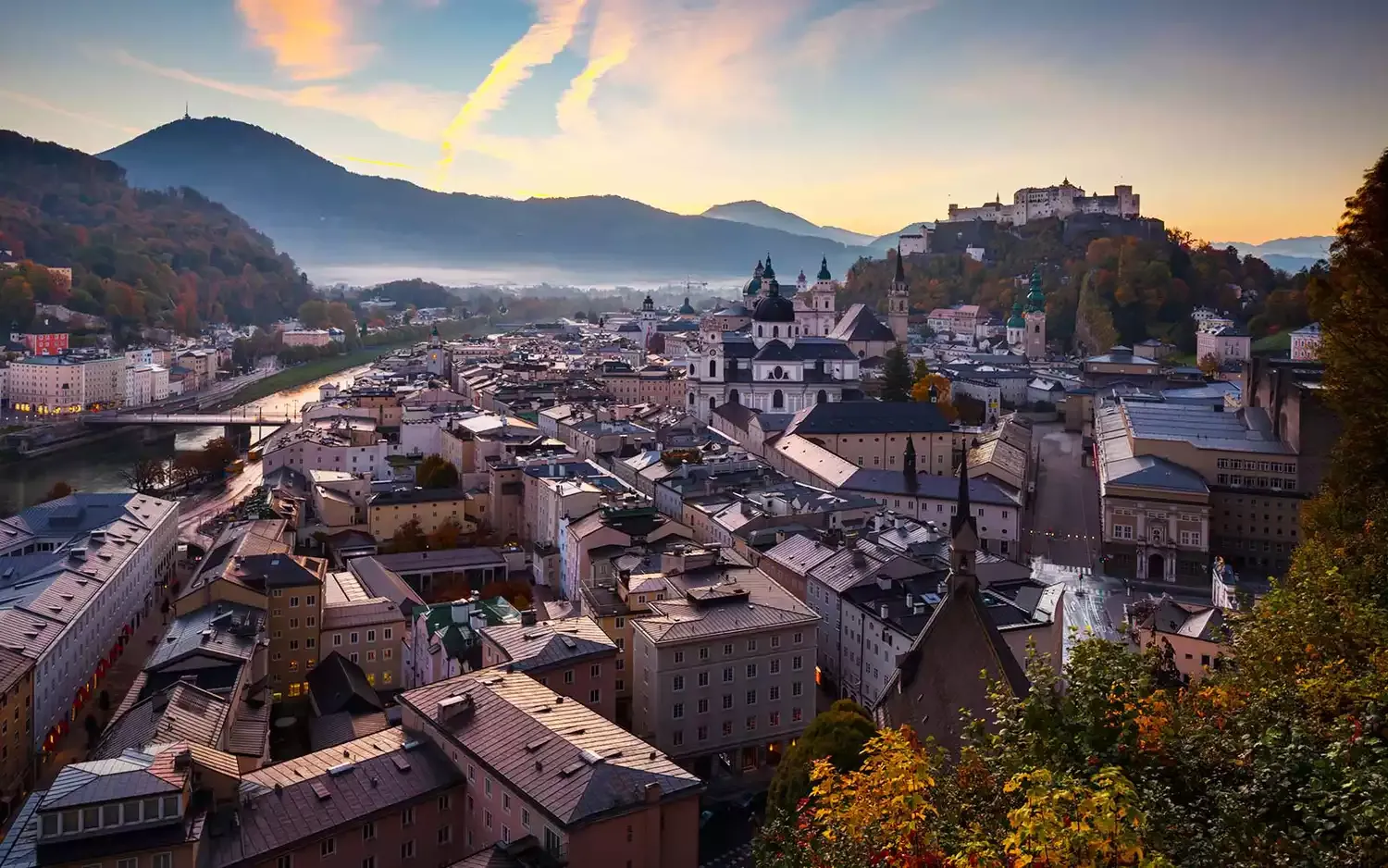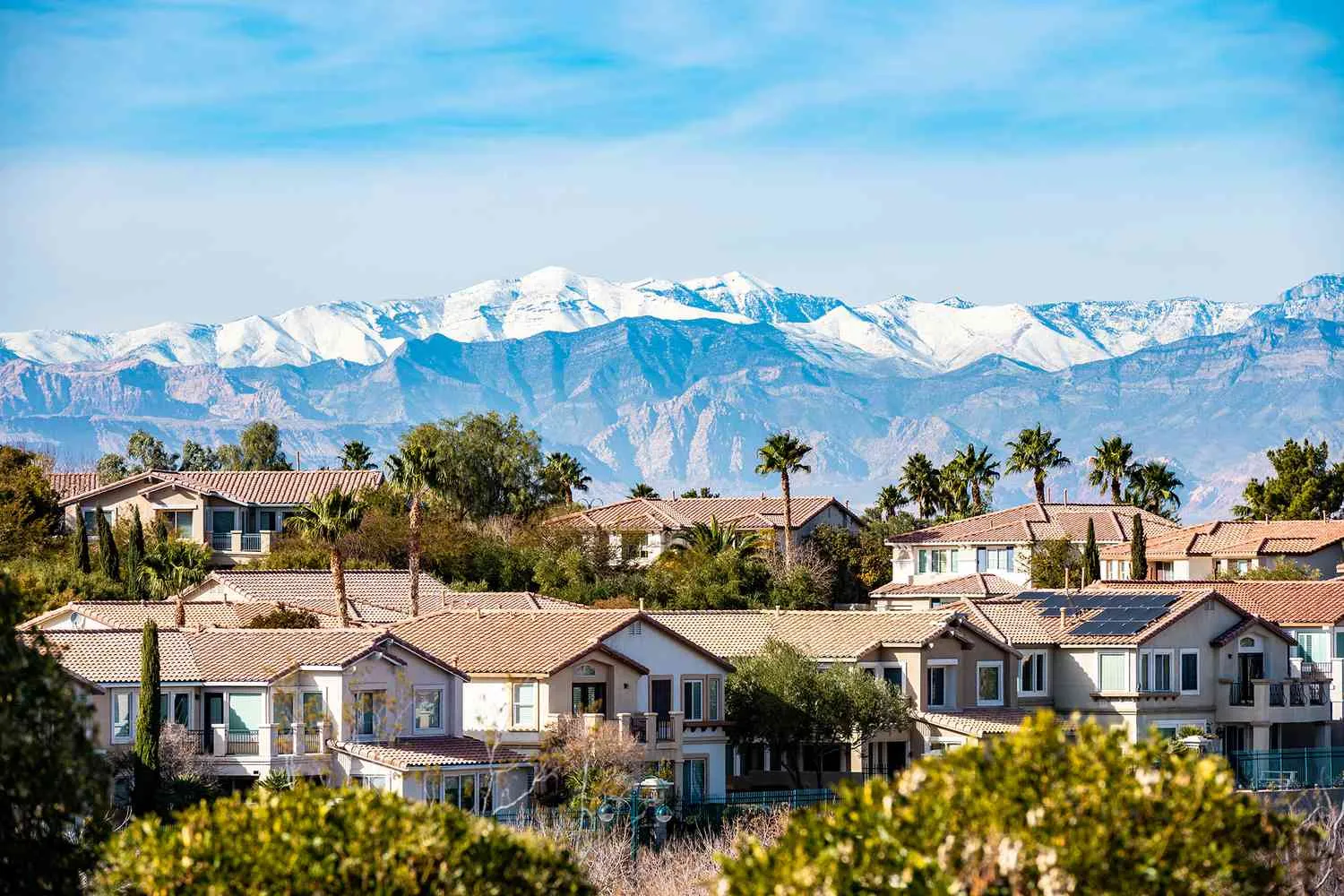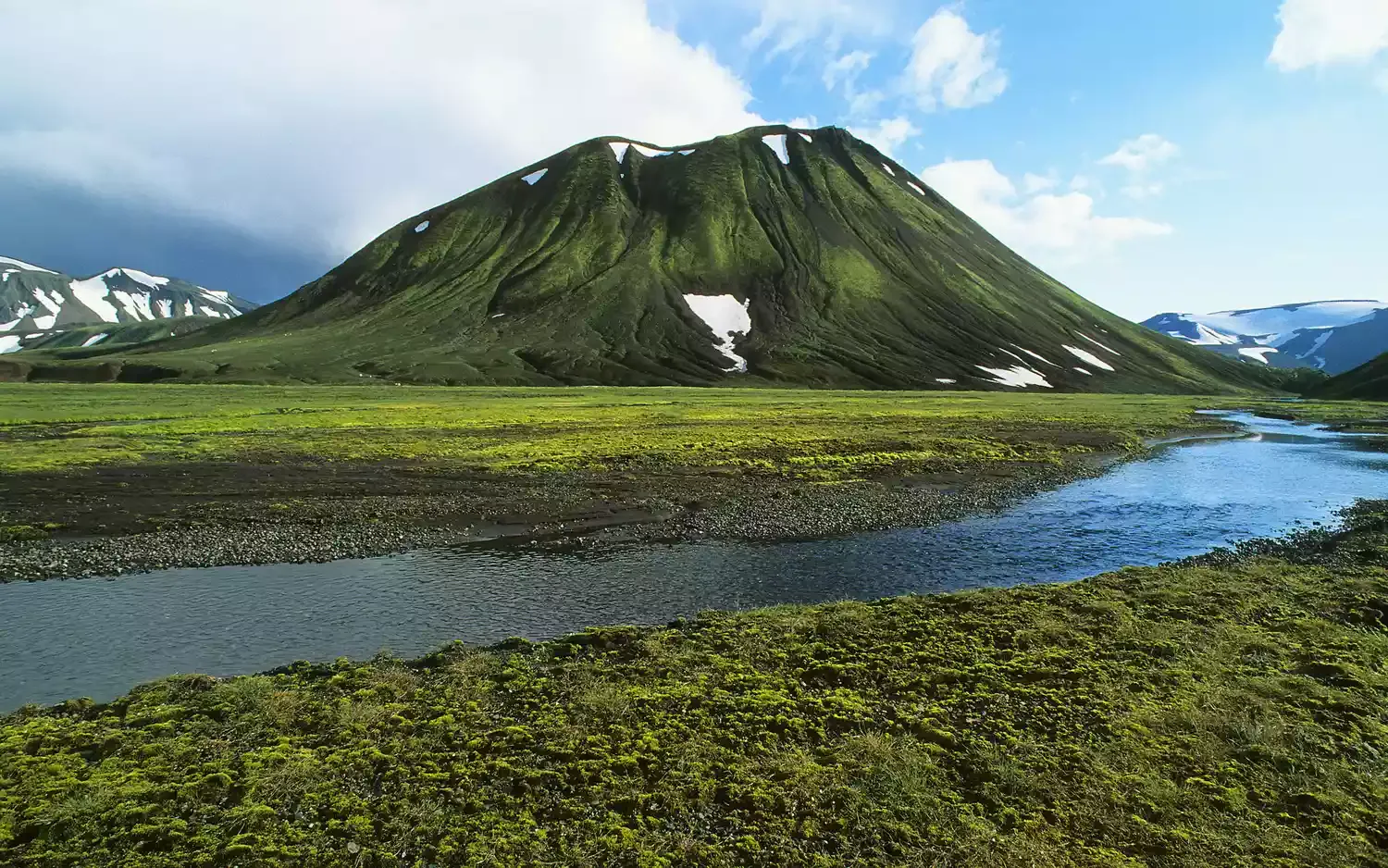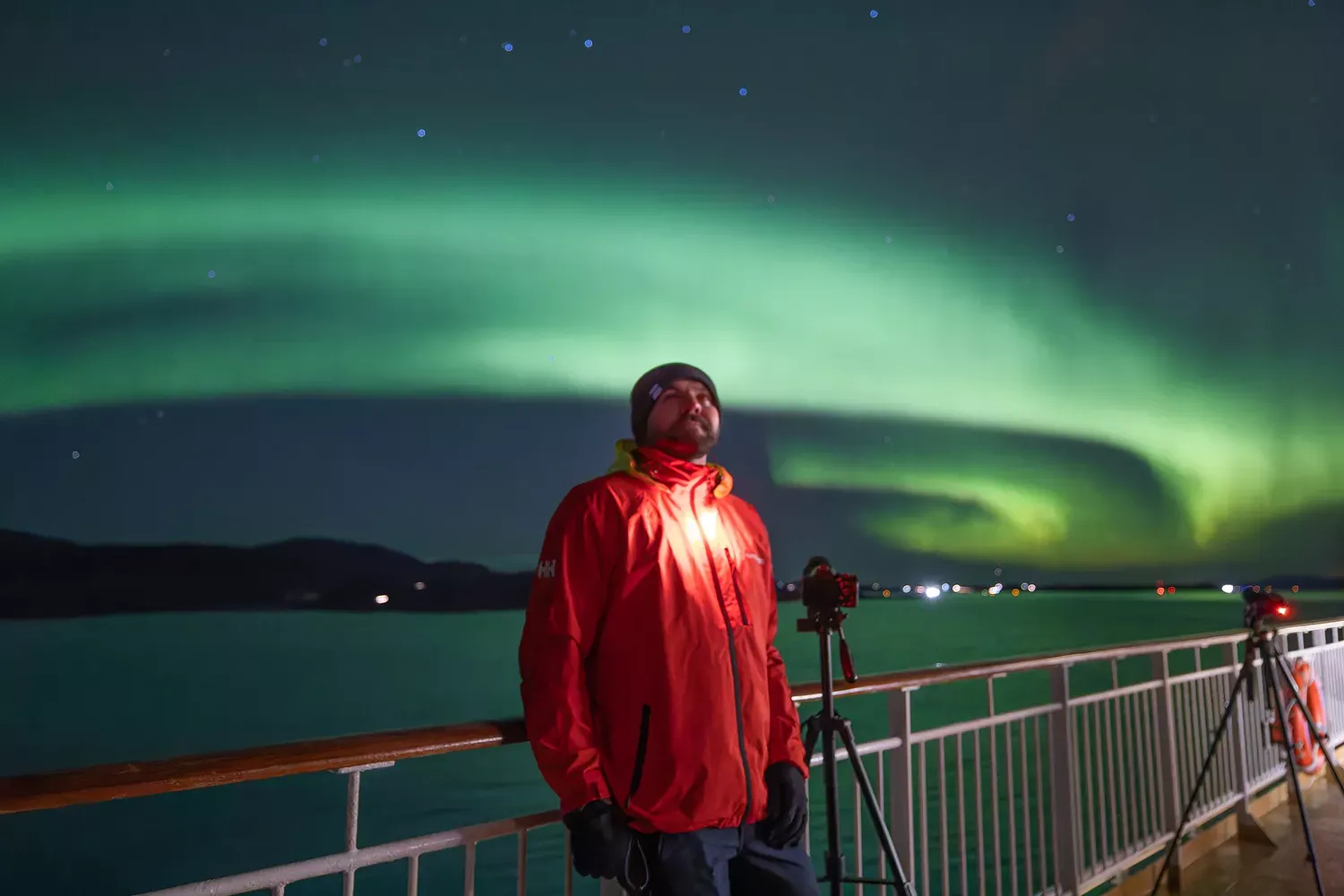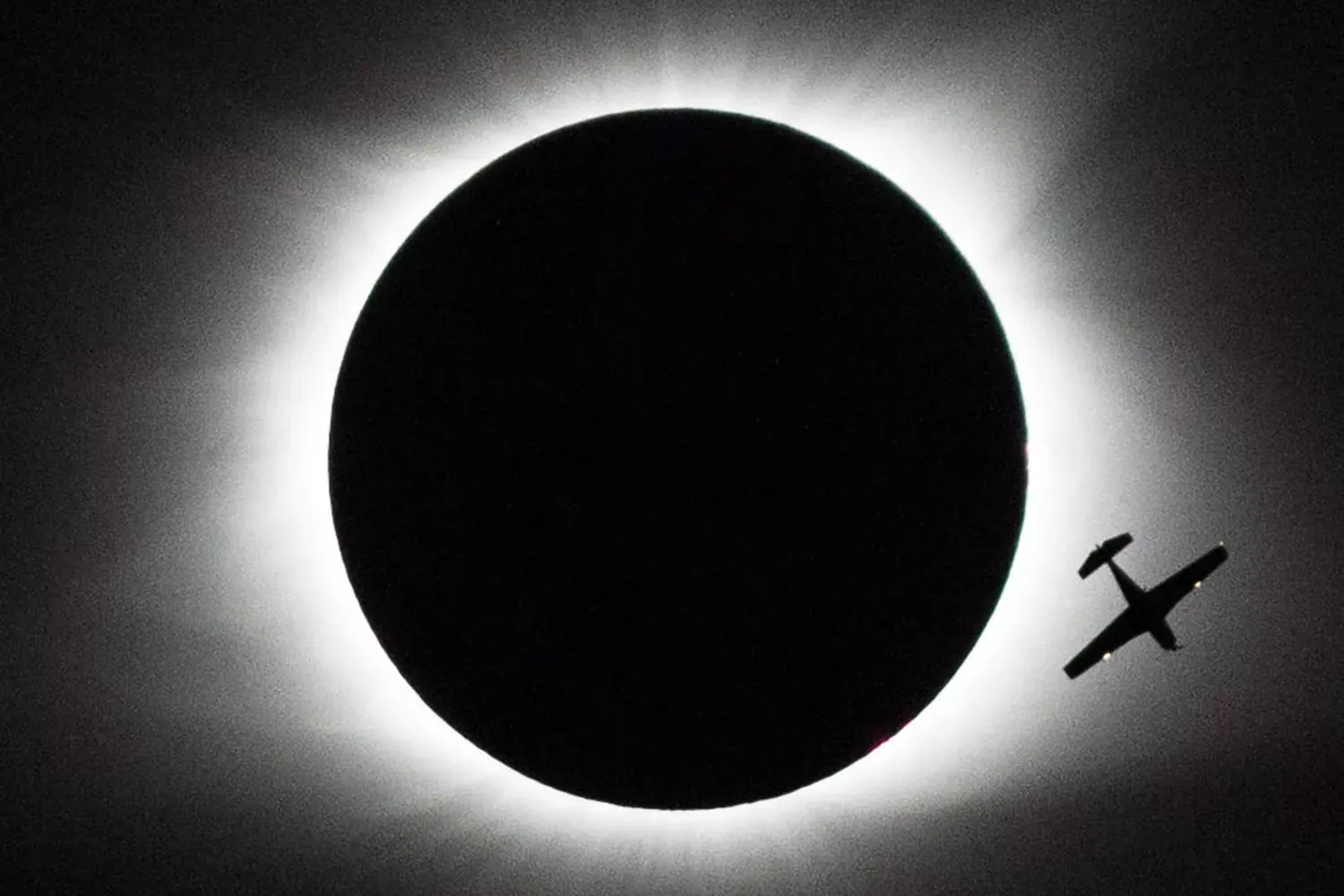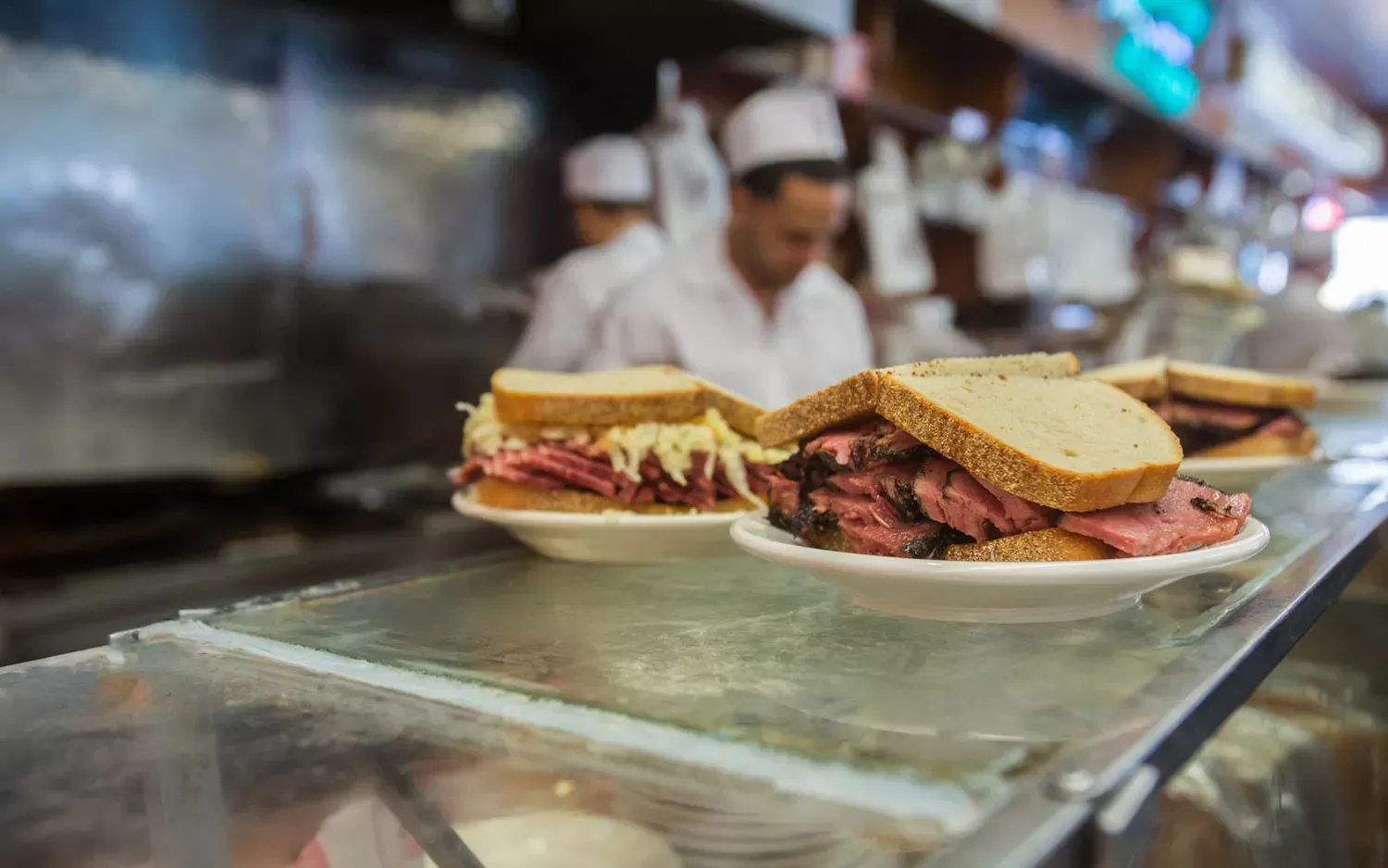Fairbanks, Alaska, is renowned for its spectacular Northern Lights displays. Maximize your chances of witnessing the aurora borealis by visiting during winter. Plan your visit around clear, dark nights away from city lights. Consider joining a guided tour or aurora-viewing lodge for optimal destination experiences. Book your Alaska trip and prepare for an unforgettable celestial show.
Best Time to Visit Fairbanks for the Northern Lights
While the Northern Lights are technically present year-round, they are only visible during the darker months. Your best bet is to visit Fairbanks between late August and mid-April. During this time, the nights are long and dark enough to allow the aurora to shine.
Specifically, the months of March and April offer the added bonus of slightly warmer temperatures and clearer skies compared to the depths of winter. September and October are also excellent choices, as the fall foliage adds another layer of beauty to the Alaskan landscape.
How to Get to Fairbanks
Fairbanks is surprisingly accessible, despite its remote location. Here's how you can reach this aurora hotspot:
- By Air: Fairbanks International Airport (FAI) is served by several major airlines, including Alaska Airlines, Delta, and United. You can find direct flights from Seattle, Anchorage, and other major cities.
- By Road: The Alaska Highway connects Fairbanks to the rest of North America. While a scenic drive, be prepared for long distances and potentially challenging winter driving conditions.
- By Rail: The Alaska Railroad offers a scenic route from Anchorage to Fairbanks. This is a great option for those who prefer a more relaxed travel experience and want to soak in the Alaskan landscapes.
Where to Stay in Fairbanks
Fairbanks offers a variety of accommodation options, ranging from budget-friendly hotels to luxurious lodges. Consider these factors when choosing your accommodation:
- Proximity to Aurora Viewing Locations: Some hotels and lodges are located outside the city limits, away from light pollution, offering better aurora viewing opportunities.
- Amenities: Look for accommodations that offer amenities such as warm drinks, comfortable viewing areas, and knowledgeable staff who can provide Northern Lights forecasts.
- Budget: Fairbanks offers a range of options to suit different budgets.
Top Aurora Viewing Locations Near Fairbanks
While the Northern Lights can sometimes be seen from within Fairbanks, escaping the city's light pollution will significantly increase your chances of a spectacular display. Here are some popular viewing locations:
- Cleary Summit: A popular spot with panoramic views, about a 30-minute drive from Fairbanks.
- Murphy Dome: A former military site with unobstructed views of the northern sky.
- Chena Hot Springs Resort: Offers aurora viewing tours and a unique experience soaking in natural hot springs while watching the lights.
- Creamer's Field Migratory Waterfowl Refuge: Offers dark skies and beautiful scenery, a convenient option close to the city.
- Arctic Circle Day Trip: For the ultimate adventure, consider a day trip to the Arctic Circle.
Packing Essentials for Your Northern Lights Trip
Fairbanks winters can be extremely cold, so packing appropriately is crucial. Here's a checklist of essential items:
- Warm Layers: Base layers, fleece jackets, and an insulated outer layer are essential.
- Waterproof and Windproof Outerwear: Protect yourself from the elements.
- Warm Hat, Gloves, and Scarf: Don't underestimate the importance of keeping your extremities warm.
- Insulated Boots: Keep your feet warm and dry.
- Camera and Tripod: Capture the beauty of the Northern Lights (a tripod is essential for long-exposure shots).
- Extra Batteries: Cold weather drains batteries quickly.
- Headlamp or Flashlight: For navigating in the dark.
Northern Lights Photography Tips
Capturing the Northern Lights requires some specialized photography techniques. Here are a few tips:
- Use a wide-angle lens: Capture more of the sky.
- Shoot in manual mode: Allows for greater control over your settings.
- Use a low aperture (e.g., f/2.8 or wider): Let in as much light as possible.
- Use a high ISO (e.g., 800-3200): Increase the camera's sensitivity to light.
- Use a long shutter speed (e.g., 2-30 seconds): Capture the faint light of the aurora.
- Use a sturdy tripod: Essential for sharp images at long shutter speeds.
Planning Your Aurora Hunt: Tours vs. Independent Viewing
You have two main options for viewing the Northern Lights in Fairbanks: joining a guided tour or venturing out on your own.
- Guided Tours: Offer convenience, expert knowledge, and transportation to prime viewing locations. They often include amenities like warm drinks and professional photography advice.
- Independent Viewing: Allows for flexibility and freedom, but requires more research and planning. You'll need to rent a car, find a suitable viewing location, and be prepared for potential challenges like navigating in the dark and dealing with cold weather.
Fairbanks Travel Information
Here is a quick reference guide to help with your trip planning:
| Category | Details |
|---|
| Best Time to Visit | Late August to Mid-April |
| Airport | Fairbanks International Airport (FAI) |
| Average Winter Temperatures | -20°F to 0°F (-29°C to -18°C) |
| Currency | US Dollar (USD) |
| Key Activities | Aurora Viewing, Dog Sledding, Ice Fishing, Snowmobiling |
Visiting Fairbanks for the Northern Lights is an experience you won't soon forget. With careful planning and preparation, you can maximize your chances of witnessing this magical display and create memories that will last a lifetime. Remember to embrace the cold, be patient, and enjoy the beauty of the Alaskan wilderness.

